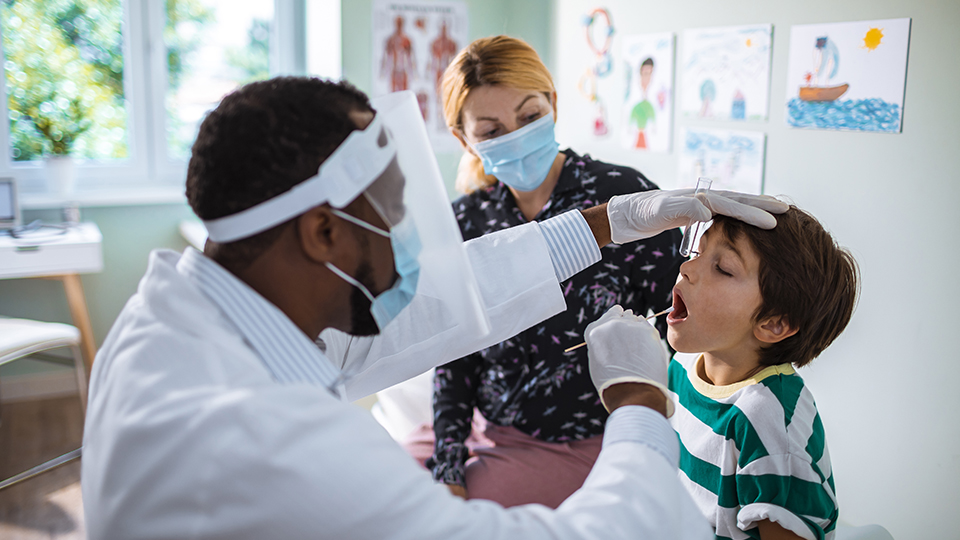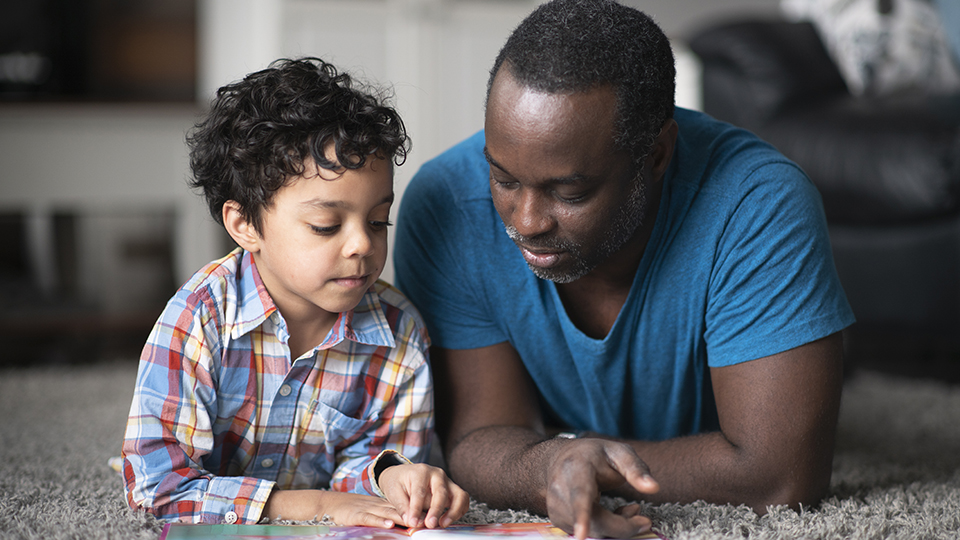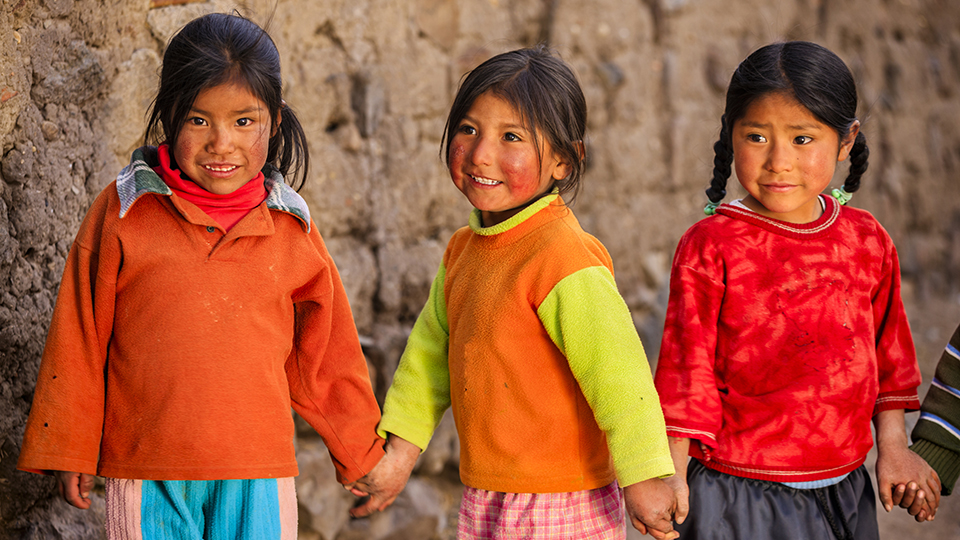
Strong Communities
Strong communities are the building blocks for secure families and healthy children. Even as we address the COVID-19 pandemic, we must ensure that all children and families are safe in their communities and have equal access to opportunities, regardless of their racial or ethnic background, how much they earn, or where they live.
That is far from the case in America today. As we noted in a landmark statement on the Impact of Racism on Child and Adolescent Health in August of 2019, “although progress has been made toward racial equality and equity, the evidence to support the continued negative impact of racism on health and well-being through implicit and explicit biases, institutional structures, and interpersonal relationships is clear. Failure to address racism will continue to undermine health equity for all children, adolescents, emerging adults, and their families.”55
The social environment in which children are raised shapes child and adolescent development, and pediatricians are poised to prevent and respond to environmental circumstances that undermine child health. Since the onset of the COVID-19 pandemic, that social environment has included the further erosion of public confidence in our leading public health agencies and scientific institutions as too many elected officials have sought to intentionally downplay or outright misrepresent the severity of the pandemic and the public health measures necessary to contain it.
Communities play a key role in improving children’s readiness to learn through the provision of high-quality early education programs. Yet, too many children do not have access to Early Head Start, Head Start, high-quality child care, and pre-kindergarten that could put their early development on the right track—and the necessity of distance learning in communities with moderate to severe outbreaks of COVID-19, particularly in communities of color, risk seeing children without adequate access to technology or instruction at home fall further behind.56
Even as we address the COVID-19 pandemic, we cannot ignore disasters that have dogged Americans for decades, including gun violence and climate change.
Although gun violence happens around the world, it has caused unsurpassed fatalities in the United States. Guns are the leading cause of death for American children and adolescents, killing thousands every year.57 American children and adolescents are between 21 and 23 times more likely to be shot and killed than their peers in other high-income countries.58 Eighty-seven children and young adults are injured or killed by firearms every day, while three million children suffer mental and physical health problems after seeing a shooting every year.59 Each year, we lose over 700 children and adolescents to suicide by firearm.60
Just as gun violence disproportionately harms low-income children and children of color, so too does climate change. Research shows that climate change is affecting the health of children in the United States here and now, and pediatricians see these effects in their patients every day.61 2019 was the fourth-hottest year ever recorded, increasing the risk for heat related illness for infants and for adolescents either working or participating in sports outdoors.62 Globally, more than 500,000 children age five or younger already die from poor water access and quality every year, which will continue to worsen.63 Climate change must be addressed or American children will continue to face increases in malnutrition, allergic diseases, preterm birth and birth defects, mental health disorders, and more.64
To protect and strengthen communities, the government must treat gun violence and climate change like the public health emergencies they are.
Policies to Promote Strong Communities
- Acknowledge that health equity is unachievable unless racism is addressed through interdisciplinary partnerships with other organizations that have developed campaigns against racism.
- Advocate for improvements in the quality of education in segregated urban, suburban, and rural communities designed to better optimize vocational attainment and educational milestones for all students.
- Continue and expand federally funded research to prevent gun violence.65
- Expand efforts to reduce the violence children experience and witness in their communities, including through measures to ensure that firearms do not get into the wrong hands such as universal background checks and support the implementation of evidence-based violence prevention programs.
- Ensure all children have universal access to high-quality early childhood care and education environments through robust funding to support child care access and provision of universal preschool.
- Enact policies that promote healthy environments for children and families, including reducing air pollution, and protecting children from exposure to harmful chemicals.
- Implement a comprehensive response to climate change by aggressively reducing greenhouse gas emissions, transitioning to a clean energy economy, and promoting environmental justice.
- Address aging and outdated infrastructure and promote access to quality and healthy housing so that children are protected from environmental hazards such as lead, a potent neurotoxin.
- Ensure that all children have access to clean and safe outdoor recreation areas so that children can play together, participate in physical activity, advance their social and emotional well being and reduce the rates of childhood obesity.
- Address disparities in access to telehealth such as appropriate communication infrastructure, especially high-speed internet.
- Bring protections for children online into the 21st century so that young people have a safe and developmentally appropriate environment to learn and grow both online and off.
A Child Health Policy Agenda for 2020 and Beyond
Last Updated
10/15/2020
Source
American Academy of Pediatrics


